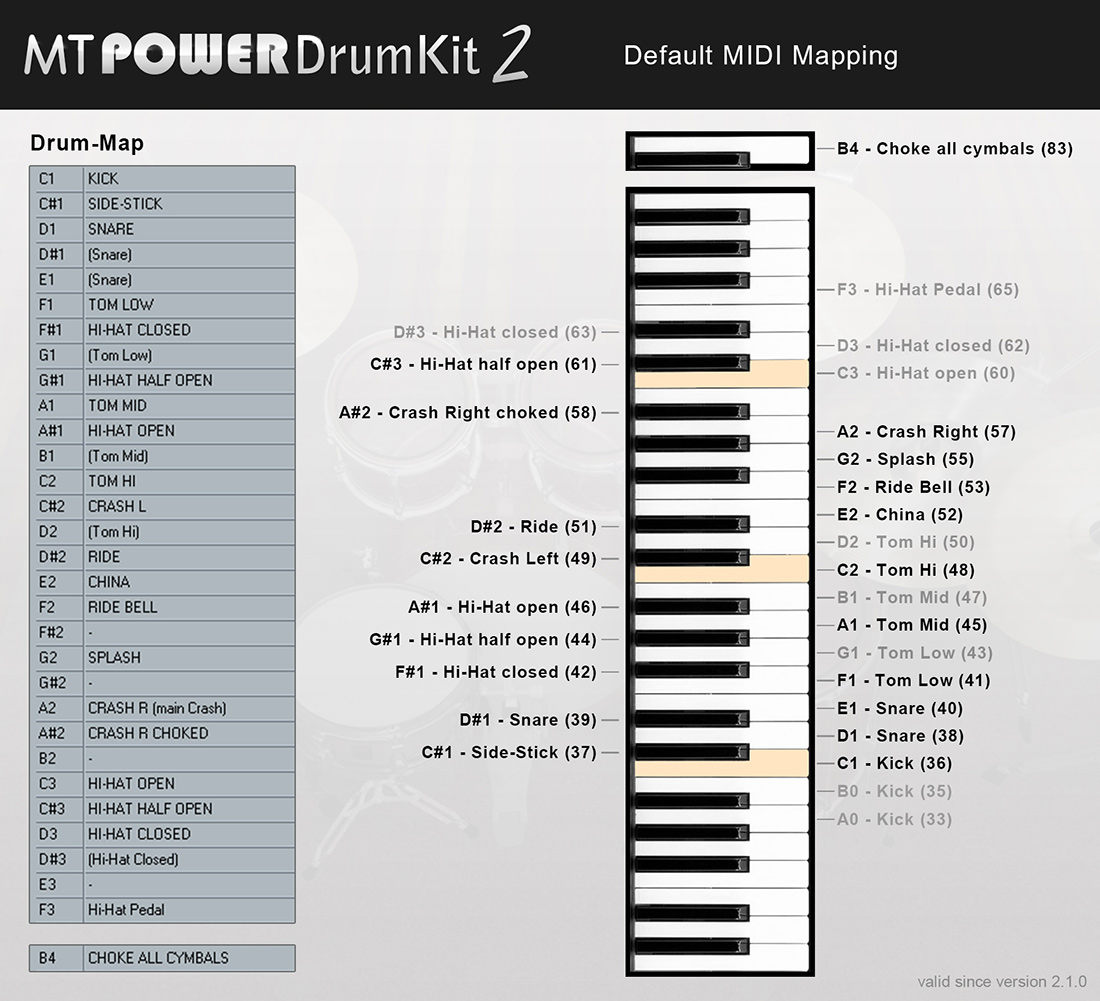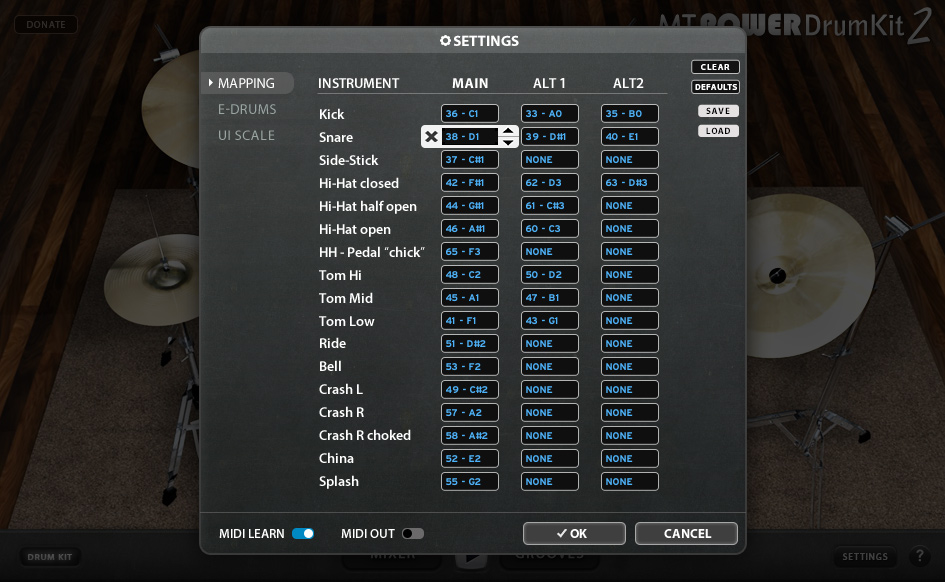
They are relatively easy to use, but take up a lot of real estate and cannot be hidden. Every channel has bus assignments and a 4-band semi-parametric EQ that are always on display. The layout and look of tracks in Mixbus feels closer to an analog console than any other DAW I have used or seen. Amount of, and stereo placement of each feed, are fully adjustable. Whereas most analog consoles have group assignments and aux sends, those have more or less been combined here to feed the 12 mix busses. The setup of how the busses are fed by the tracks in Mixbus is interesting. The right side of the window displays the 12 subgroups, the main stereo group, and the monitor section (more on that later). The left side of the mixer window displays lists of channel strips, groups, and user-favorite plugins. Any latency here was either unnoticeable or didn’t affect the audio in any negative way. In practice, I only did this when a track needed extra little reverbs and delays. Should you need additional aux tracks for submixing or time-based effects, you must account for any incurred latency on your own. Harrison automatically accounts for the latency of all tracks feeding towards the submixes, and ultimately the stereo bus as well. The 12 subgroups are designed to act as submixes or time-based effects tracks.

Harrison gives you an unlimited number of audio, MIDI, and auxiliary tracks, which then feed into a possible 12 subgroups and/or the main stereo bus.

While there is quite a bit of flexibility in setup and routing, there is also a designated signal flow that is used: channels feed into subgroups, which in turn feed the main mix, like on a console. The other main window is the Mixer window. The right side of the window displays all session lists at a glance, such as tracks, busses, regions, snapshots, groups, etc. The left side of the window can display the currently selected channel strip, making work on all aspects of one particular track very easy. Tracks in the Editor window are laid out in the standard fashion. This timeline allows you to bounce out any pre-defined range, which is great for mixing live albums, or exporting a portion of a mix as a clip or preview. Many timeline lanes show common units (min:sec, bars & beats, timecode, tempo, meter, etc.), but there are also some very useful lanes such as Range. Across the top are the transport controls, editing tools, playback modes, counters, selection and song map. The Editor window is laid out in a mostly comfortable and familiar fashion. Sadly, there is no way to use the transport as a separate window, which would also be nice. Using a touchscreen as an additional monitor featuring this window would make recording and overdubbing with multiple musicians much easier to wrangle. Additionally, these meters have buttons for input, record enable, solo, and mute. One of my favorites is the meterbridge, a fully-sizable group of meters that can be set to a large number of metering standards used around the world, in broadcast, film, and music.
MIXBUS 32C SYSTEM REQUIREMENTS WINDOWS
There are of course other windows that can be opened. Like most DAWs I’ve used, Mixbus has a few different screens to work from, mainly the editor view representing our multitrack, and the mixer view, representing the console. It even supports sync for video and can lock up with other systems. All aspects of music making can be accomplished inside Mixbus this includes recording, mixing, sequencing, using MIDI tracks and virtual instruments, etc. While Mixbus may have analog dreams, it is still very much a full-fledged DAW in terms of its feature set.


 0 kommentar(er)
0 kommentar(er)
